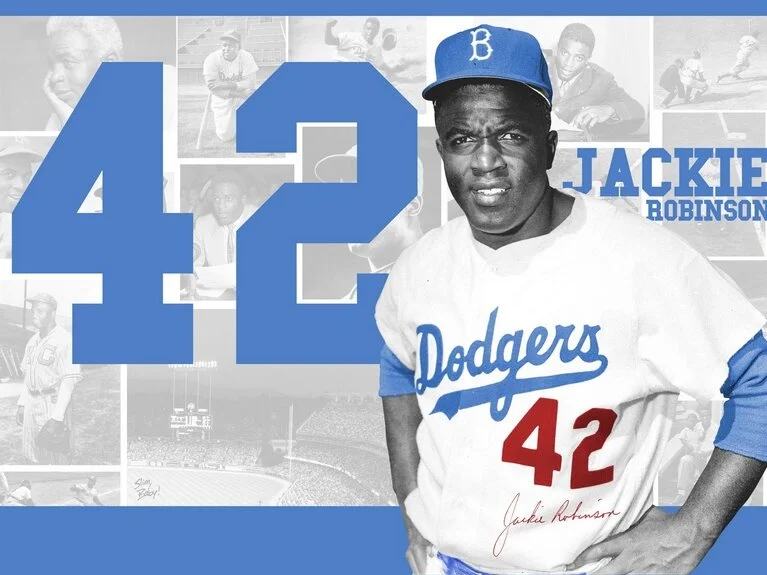Willie Mays (fourth from the left kneeling down) received his start in the Negro Leagues.
Mays father drove him to Chattanooga from Westfield, Alabama.
While most everyone knows that Jackie Robinson first integrated Major League Baseball in 1947 when he joined the Brooklyn Dodgers, the history of the Negro Leagues is not shared.
After the civil war, baseball began to change from a casual sport played in athletic clubs to the formation of amateur leagues. While the integrated teams existed then, a decision made by the newly formed National Association of Baseball Players in December 1868, barred African-Americans from participation.
A year later, baseball achieved professional status and did not abide by the Amateur Leagues' restrictions of African-Americans from participating. Despite no restrictions, fewer participated as the new century approached, and by 1900, no roster featured a player of color.
African-Americans formed their own teams, such as the first-ever black professional team, the Cuban Giants in 1885. African-American teams participated as independent teams until the organization of the first all-black league in 1920.
The Birmingham Stars were one of the eight inaugural teams that participated in the Negro Southern League. The Stars, owned by club officer Frank Perdue who paid $200 to purchase them, changed their name to the Black Barons, referencing an all-white team that played in the same city.
The Negro Southern League lacked the funding and organization of the Negro National League formed in the same year by Rube Foster. The Southern League was known as the minor league of the two.
Mays with his teammates



